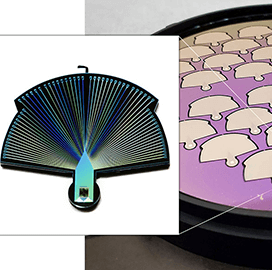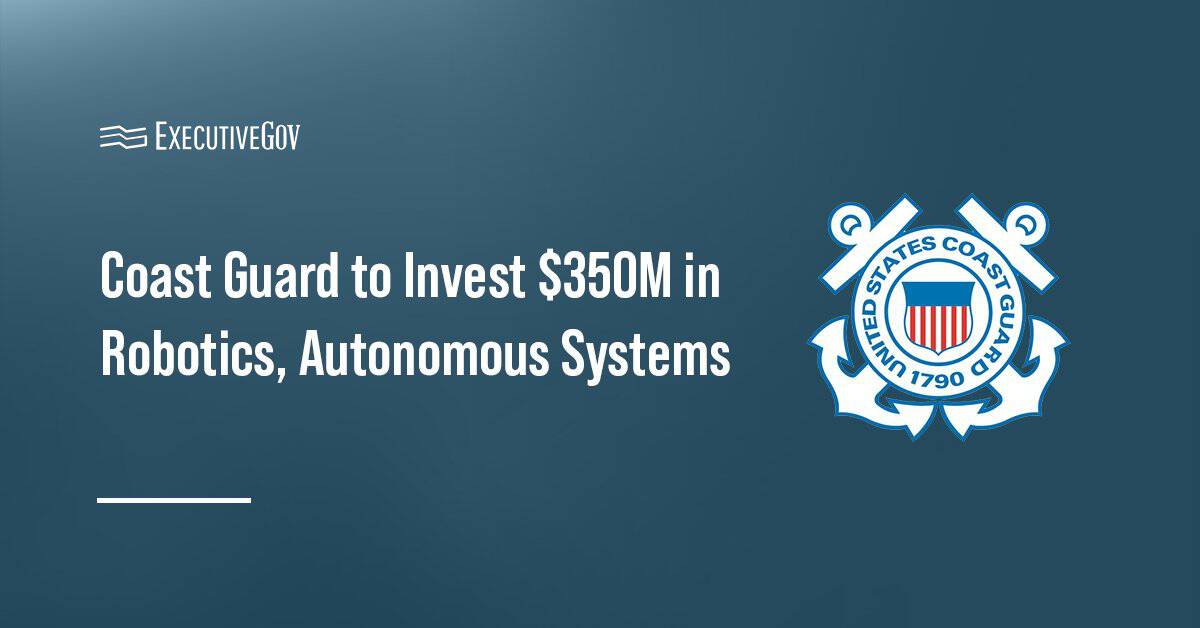A quantum detector developed by NASA’s Jet Propulsion Laboratory and Caltech was able to count quantum data at a record rate of 1.5 billion photons per second.
The Performance-Enhanced Array for Counting Optical Quanta detector shows promise in the ability of quantum computers to exchange massive quantities of data despite long distances, NASA said Friday.
The detector was built with an aim to create a dedicated communications network to overcome distance barriers between the supercomputers. The network could have nodes that generate entangled photons in pairs to relay data hundreds or thousands of miles apart on the ground, according to the study.
PEACOQ is only 13 microns wide and is made up of 32 niobium nitride superconducting nanowires, each of them 10,000 times narrower than a human hair. The device is kept at a cryogenic temperature of minus 458 degrees Fahrenheit to maintain the superconducting state of the nanowires.
“Transmitting quantum information over long distances has, so far, been very limited,” said PEACOQ project team member Ioana Craiciu. “In the near term, PEACOQ will be used in lab experiments to demonstrate quantum communications at higher rates or over greater distances. In the long term, it could provide an answer to the question of how we transmit quantum data around the world.”





